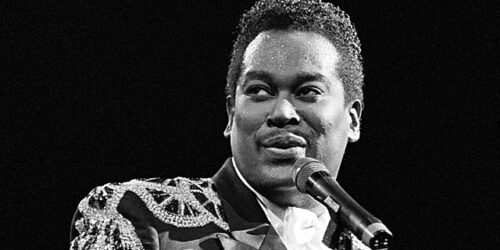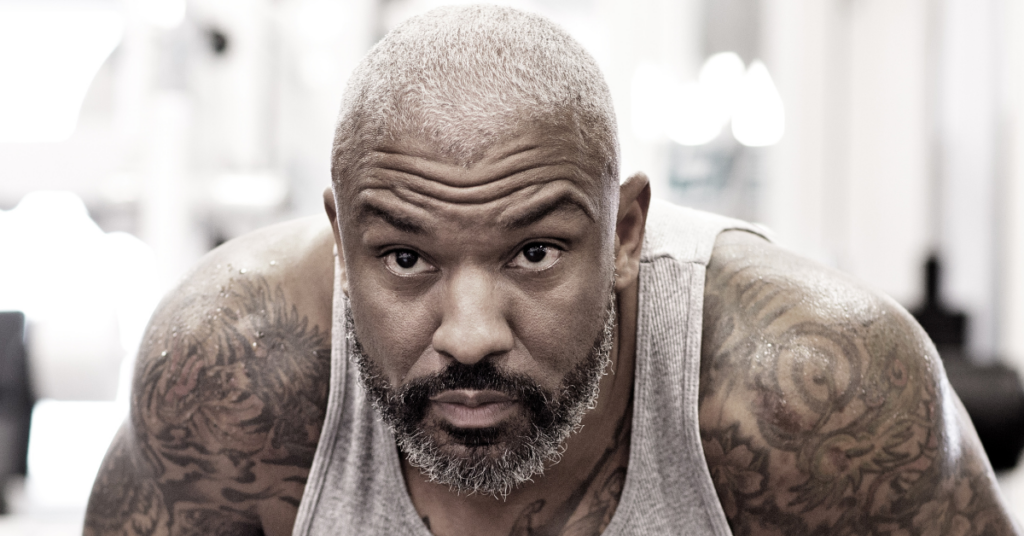When legendary balladeer Luther Vandross was laid to rest in 2005, Aretha Franklin, Stevie Wonder and Patti Labelle performed at his funeral in Harlem. Hundreds more gathered in the pouring rain nearby to pay their respects. It was a fitting sendoff for a man of his stature and influence.

Despite his acclaim, Vandross succumbed to a condition that afflicts far too many African Americans – stroke.
Actually, he died of complications from a stroke he had two years prior. What’s more, he had other health conditions that are stroke risk factors: obesity, hypertension, and diabetes.
A person can get a stroke when something blocks the blood supply to a section of the brain. It also occurs when a blood vessel in the brain bursts.
Today, African American adults are 50% more likely to have a stroke compared to their White counterparts, states the U.S. Department of Health and Human Services.
Nevertheless, here are 6 important facts about African Americans and strokes:
We have the highest long-term death rates from stroke.
Research presented at a 2021 American Stroke Association (ASA) conference followed 750,000 Medicare patients between 2005–07 and found that the Black patients were 4% more likely to die from stroke within 10 years than their White counterparts. They also died at younger ages and tended to be women.
Health and Human Services data paints a starker picture: It says that Black men are 70% more likely to die from stroke compared to their Whites counterparts.
Two-thirds of all Black Americans have at least one risk factor for stroke.
Those include high blood pressure, obesity, diabetes, high cholesterol, sickle cell anemia, eating too much salt, smoking and stress, says the ASA.

We have the highest incidence of this health condition in the world, which is why we’re more prone to strokes.
That risk factor is high blood pressure (HBP). It’s more common in Black adults than in White, Asian or Latinx adults, says the Centers for Disease Control and Prevention. Overall, about 55% of Black adults have HBP. African Americans also get HBP earlier and tend to be impacted by health conditions that result from it like stroke, diabetes and heart disease.
We are more likely to incur long-term disability from stroke.
African-American adults are more likely to suffer poorer post-stroke outcomes due to having more comorbid health conditions. Another study found that Black stroke survivors also required “substantially more hours of care” after having a stroke compared to Whites.
Strokes are more common in the Southeast region of the U.S.
That may be due to lifestyle, smoking habits and diet. Another major factor is race. Most Black people in the U.S. live in Southeastern states like North Carolina, South Carolina, Georgia, Florida and Alabama. In fact, 58.7% of the black U.S. population lived in that region of the country in 2019.
The good news: Up to 80% of strokes can be prevented by making these lifestyle changes.
The ASA recommends that you can take these steps:
- Reduce the salt in your diet
- Increase your physical activity
- Eat more fruits and vegetables
- Lose excess weight
- Manage your stress
- Quit smoking
You should also consult with your health care provider about managing your medical conditions and potential risk factors.












